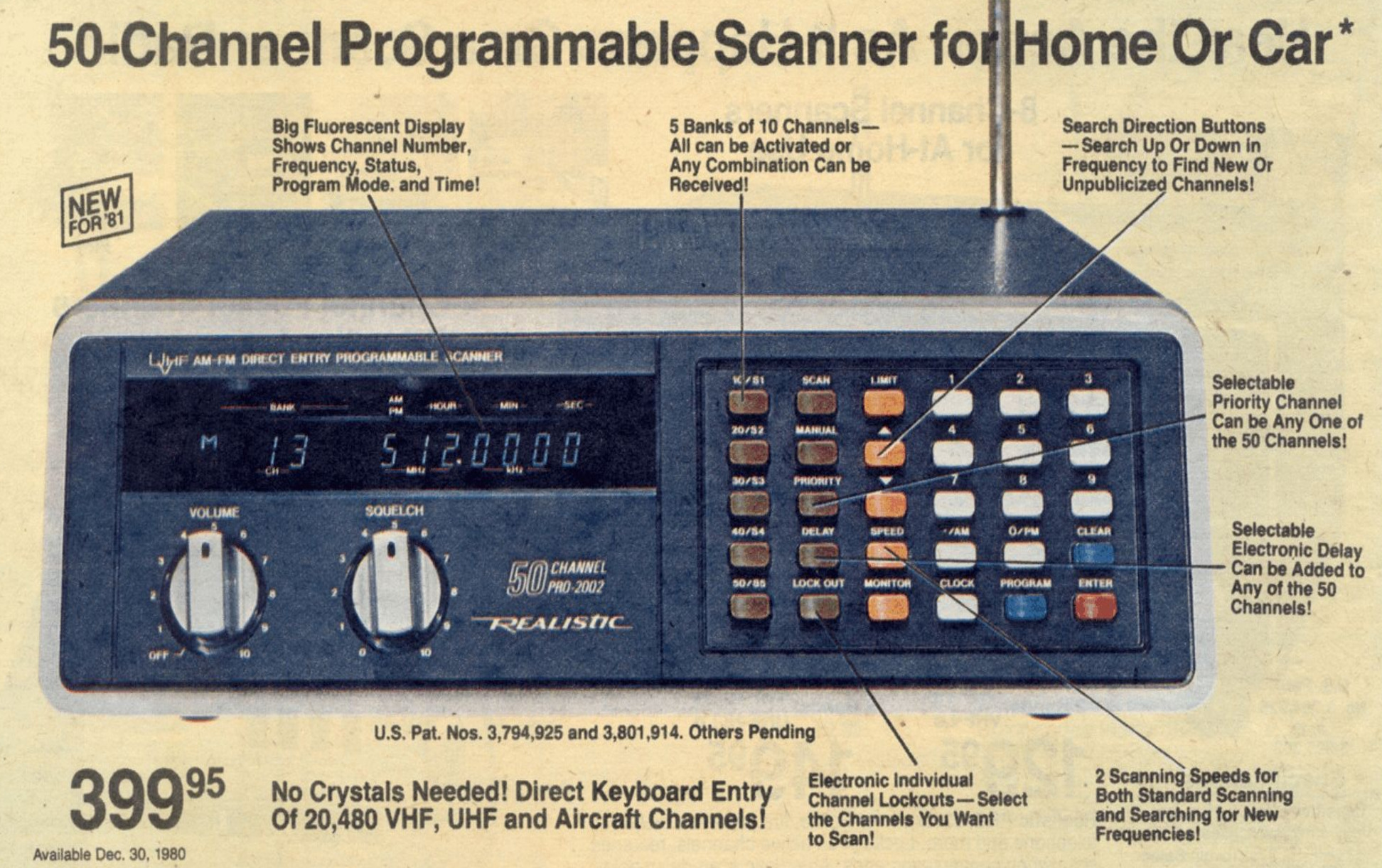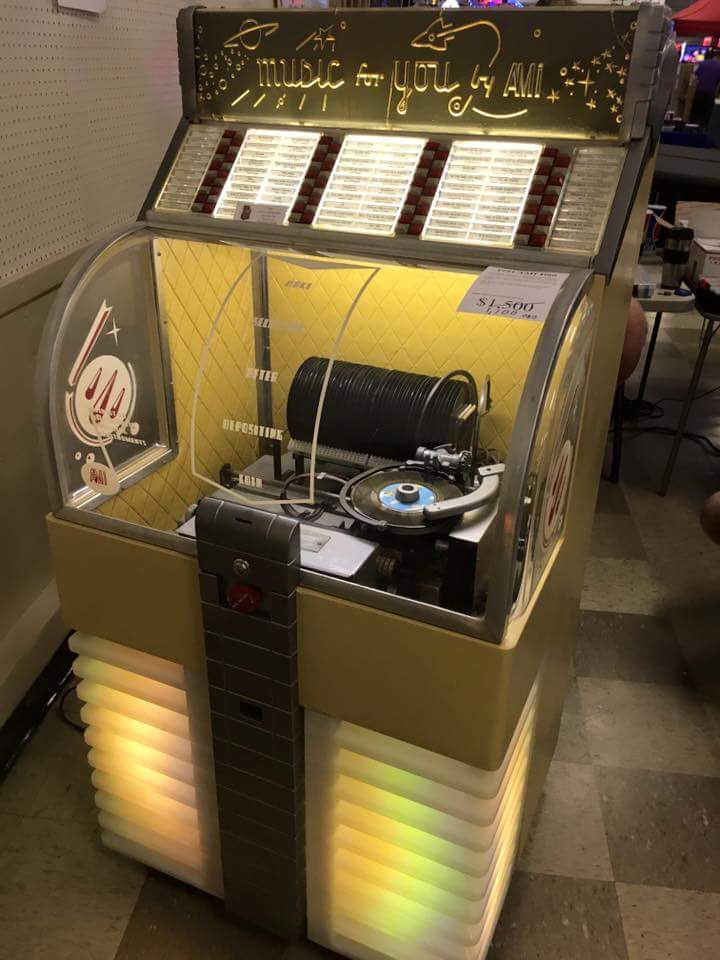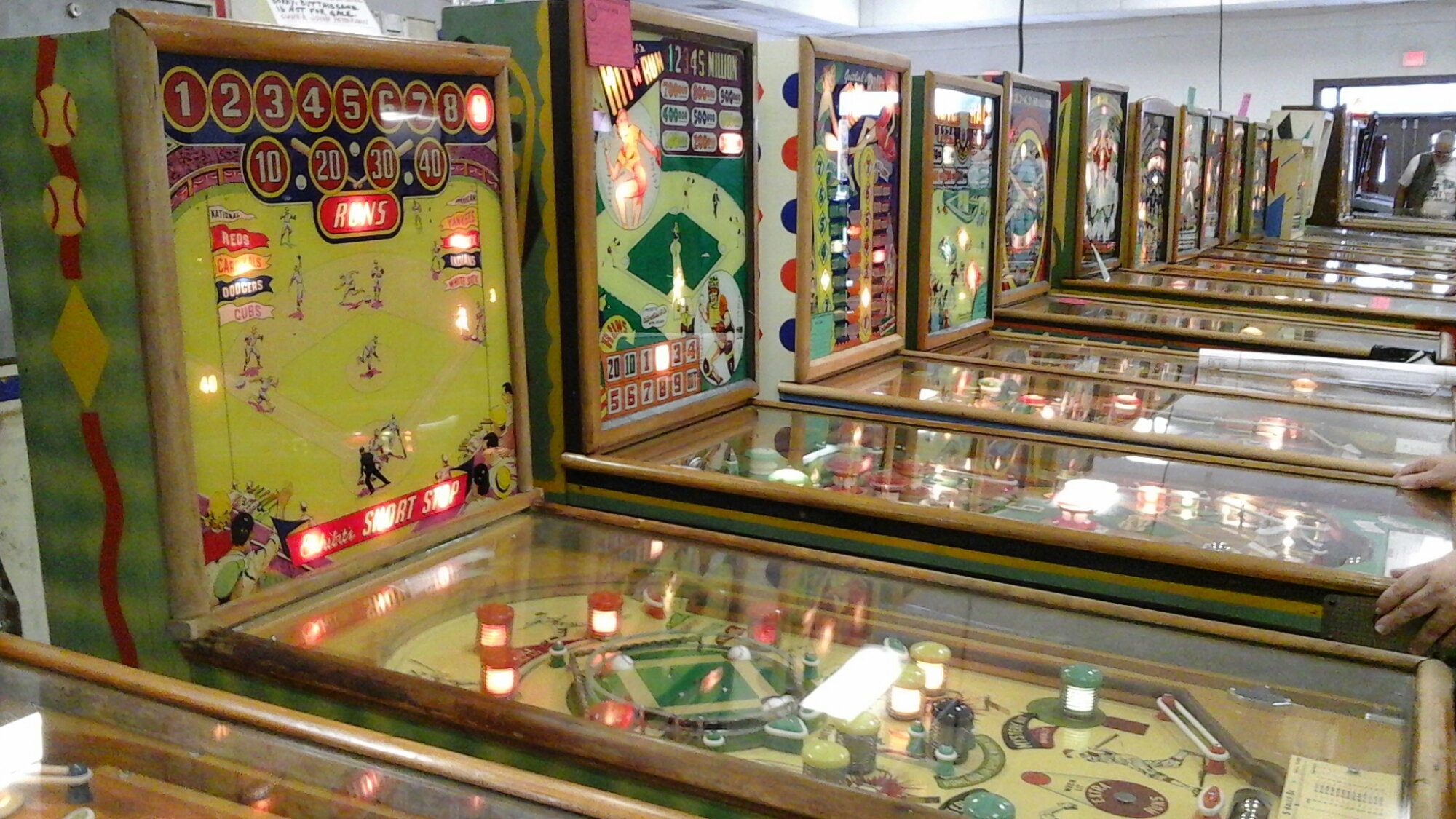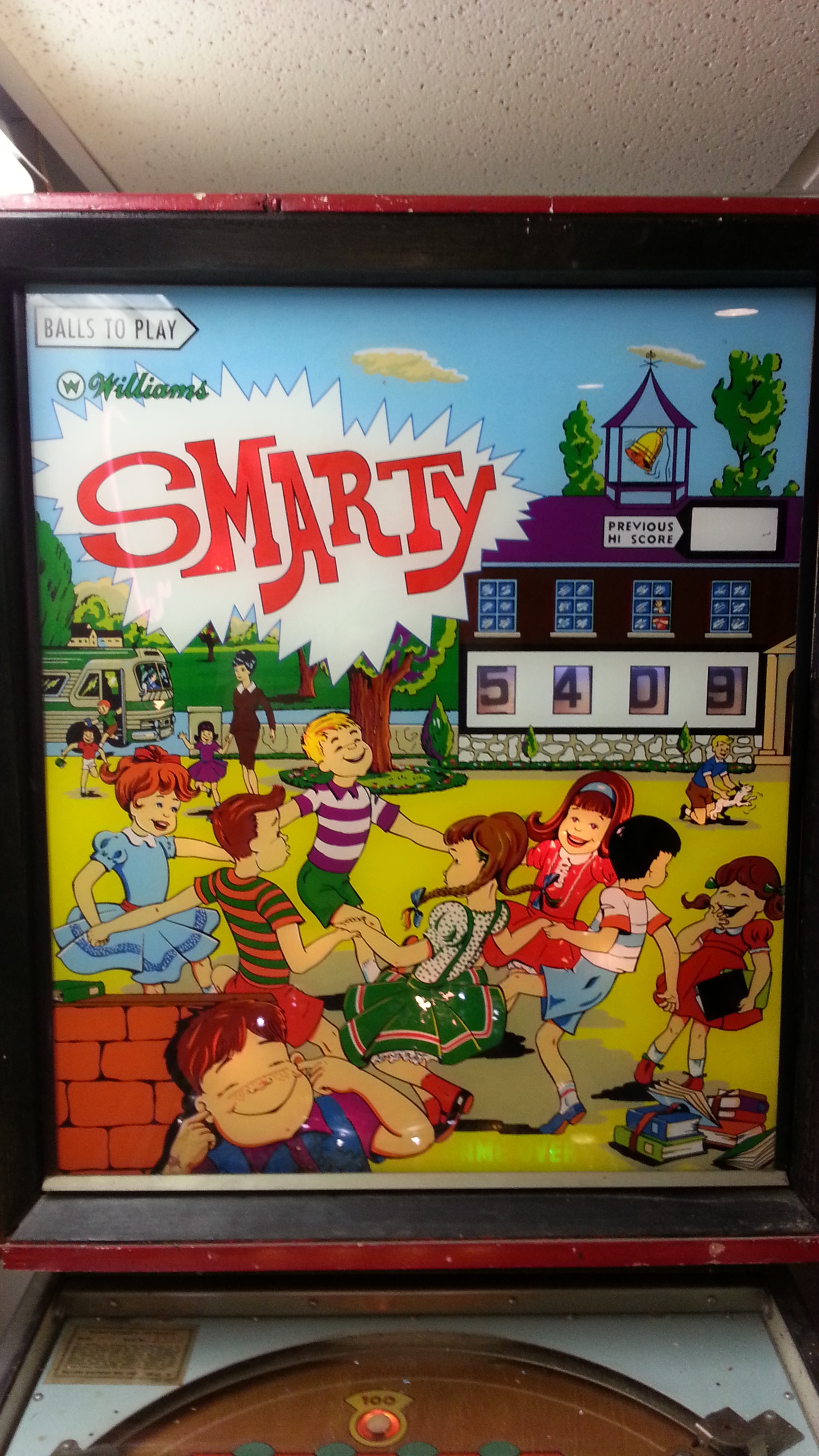Have you been enjoying this vintage electronics advent wishlist, along with the chocolates you’ve been snacking on in your boxed advent calendars? Five more days to go. Make sure you go back and start reading these wishlists from the beginning if you haven’t done so already!
Day 21: Simon! (1978)
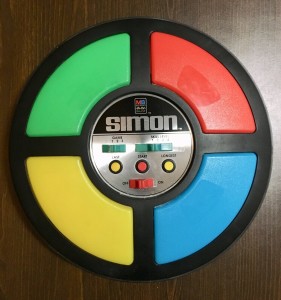
I don’t think there is any person born before 2000 that wasn’t exposed to an original or remake of this very simple, but addictive game from 1978.
I first saw this game at a friend’s birthday party. They received it as a gift and it got a LOT of use that day by all of the attendees, including the adults. It was an instant hit in the electronic game genre, and was originally invented by Ralph Baer, who also invented the first home video game, the Odyssey.
EVERY kid wanted one of these. It was as much fun to play as it was frustrating. The goal was to keep up with an increasing sequence of a pattern of lights until either you failed to properly repeat the computer generated sequence, or you reached the maximum of 31 steps (based on the difficulty setting) in the sequence, where you won the game.
I never got one of my own, at least until much later in life when I picked up one at a flea market table for nostalgia purposes. Even not getting one as a kid for Christmas, I was easily able to get my “fix” of the Simon craze back then because many friend’s households seemed to already have one available for play, anyway.
Day 22: Milton Bradley Microvision (1979)
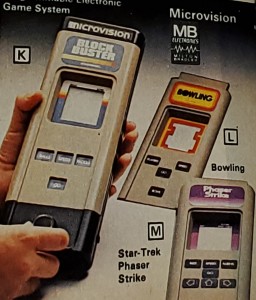
Handheld LED games were very popular back in 1979. You couldn’t avoid seeing the many variations of sports games where tiny blips of light move around a playfield representing people in the game. However, each game type required a different handheld to play. To play a variety of games, you had to have several game units on hand. And if you didn’t have a lot of batteries on hand, you’d have to swap the batteries between them to play the next game. Maybe that’s why we see those games these days with missing battery covers. They probably broke while taking them on and off all the time.
In came the Milton Bradley Microvision. This game is a system which uses interchangeable cartridges to change the game being played, all while relying on the same screen, controls, button pads, and a single 9V battery. The main unit contained everything needed to control and show the game, except for the game program itself. There were about 12 game cartridges made for the system. Each has its own program code and screen stencils, framing the 16×16 dot LCD display on the main unit.
I thought these were awesome when I first saw them. And as you may know, I wanted one. I never got one as a gift. These were only on the market for about two years, after which, old inventory was sold at clearance prices at department stores. I managed to get one of my own, with my own money, in 1981 at a steep discount at JCPenney’s, shortly after they were discontinued.
Day 23: Melody Alarm Wrist Watch (1981)
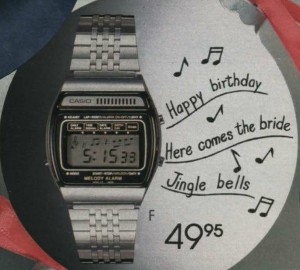
My first ever wristwatch with an electronic alarm was made by Armitron. It was a typical multi-function watch with the time, day, date, stopwatch, and alarm. While genuinely cool at the time to have a watch that makes any kind of sound, the BEEP BEEP… BEEP BEEP of the daily alarm feature grew boring and monotonous. Enter… melody alarms!
A friend at school had gotten a melody alarm watch long before I ever got one. His played a simple HI-LO-HI-LO-HI type of tune, which was still catchier than BEEP BEEP. When I first saw a melody alarm watch that actually played recognizable tunes, I was drawn right to them.
Casio made some clever watches, like the scientific calculator watch I mentioned earlier in this series. A multi melody alarm watch was no different in its uniqueness and style. It played 12 different melodies, with songs for different holidays and occasions. As cool as it was, it would have been difficult to set a suitable melody to use the watch as a daily wake-up alarm clock, which I did with my Armitron. Sometimes simplicity is the more practical thing, even if the novelty of a musical alarm would never wear out.
I never got this watch for Christmas. I did end up buying my own melody alarm watch a few years later. That watch played four Beatles tunes. I wish I still had it. It would be worth a small fortune these days.
Day 24: 150-in-1 Electronics Kit (1978)
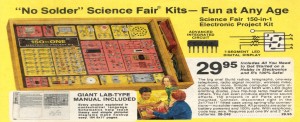
All during my first year after discovering the fun of electronics as a hobby, I’ve grown fond of kits which let you explore electronic circuits of all kinds. One of the most popular are the XX-in-1 kits that Radio Shack offered. In my case, I always anted the 150-in-1 kit, which was their flagship kit for many years.
I never owned one of these until decades later, when I found one at a yard sale for cheap. However, since I was a student of electronics in high school, I had other resources to explore the hobby, and earn grades for school credit while learning the hobby. Other than a Radio Shack store during my childhood, I only got to play with one of these once. That was because a friend of mine, whose parents also attended a weekly bowling league my parents attended, just happened to have one. He brought it in one league night and allowed my to spend all evening trying out the circuits described in the book.
These things are great. All component leads in the kit are terminated to a coiled spring mechanism. To make circuits, you simply strung pre-formed wires from one spring terminal to another to wire the components of the circuit together. You could make circuits using light, sound, transistorized switches, and even an AM radio. 150 different circuits for this particular kit to be exact.
One circuit that wasn’t included though was the one where you place a wire across the battery terminals and see what happens… it’s a pleasant surprise for about 10 seconds. 😉
Day 25: Home Arcade Game! (1981)
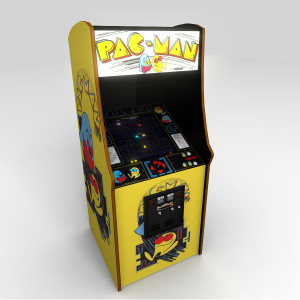
Go big, or go home, right?
As a gadget and gaming loving freak teen of 1981, it would be impossible to deny that if cost was no issue, I’d have wanted my own video game system for Christmas, like the ones they had in the arcade. And just because you only really saw them in arcades, or department store lobbies (I was obviously too young to go into a bar and see if any were there, too), doesn’t mean that they couldn’t be purchased for home use. The problem would be… which one would I want for myself if I could have only one?
In 1981, Pacman was such a huge craze that I would have probably wanted that for home. TRON, the movie, wasn’t made yet, so I couldn’t ask for the TRON video game in 1981. There was, of course, Frogger, Centipede, Space Invaders, and even Asteroids, but Pacman was a hot item, and if it was available for play at home, then ALL the neighborhood kids probably wanted to be there, too. Imagine the birthday party that would turn out to be with a Pacman competition going on at home.
Yeah, it would have certainly been a big ticket Christmas gift. I’d probably would have said, “I don’t need any more Christmas gifts… EVER!”, if I got one. LOL. But then again, doesn’t every kid tell that little white lie to encourage the purchase of a cool gift from their parents. 😉

